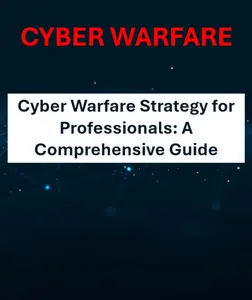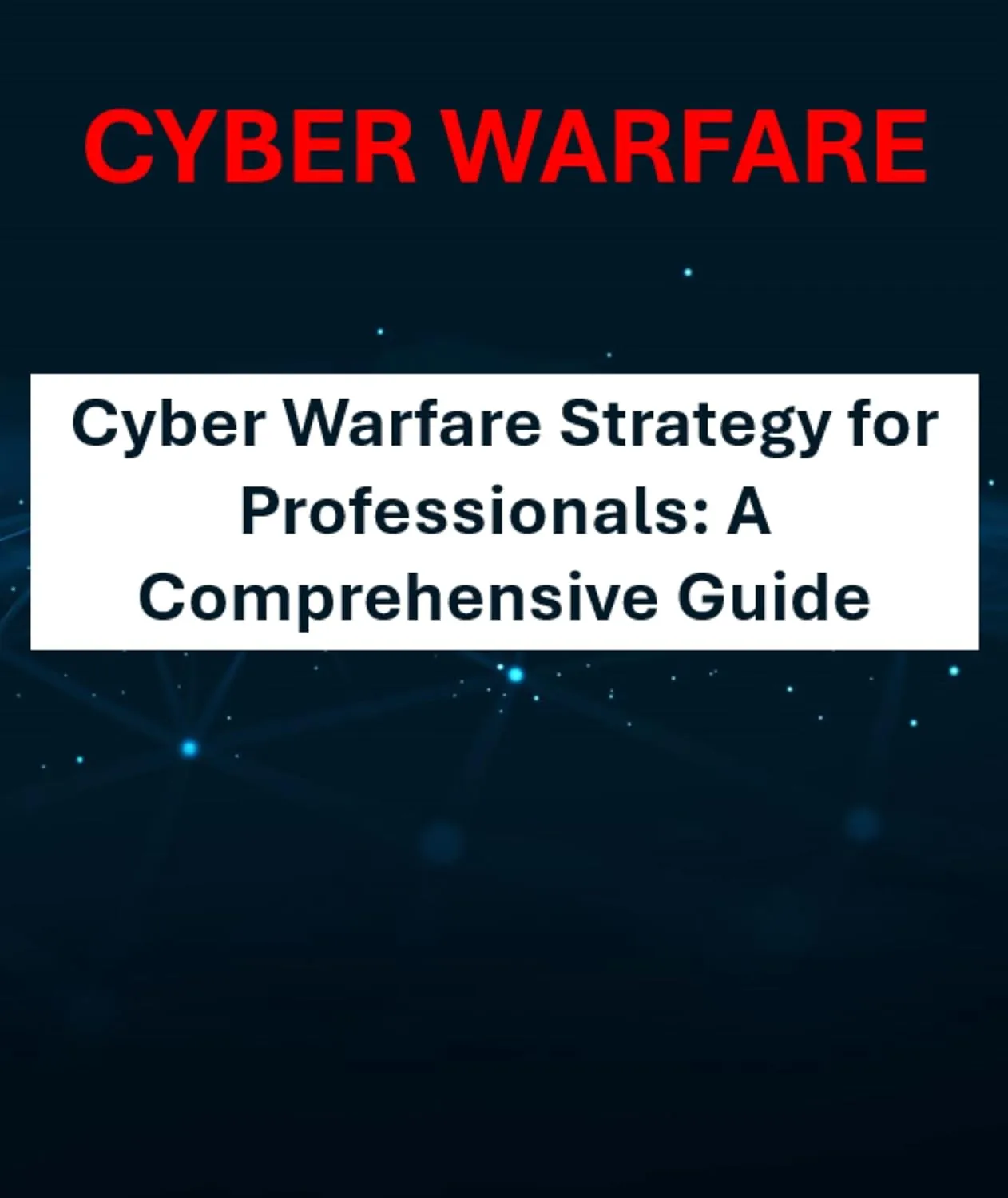Cyber Warfare Strategy for Professionals: A Comprehensive Guide-Tactics Assessing Vulnerabilities Healthcare Financial Government Critical Infrastructure … Infrastructure Oil Gas Schools Security by Rosey Press
English | July 20, 2024 | ISBN: N/A | ASIN: B0D9TZ6SQ4 | 141 pages | EPUB | 0.17 Mb
English | July 20, 2024 | ISBN: N/A | ASIN: B0D9TZ6SQ4 | 141 pages | EPUB | 0.17 Mb
Cyber warfare is a growing concern in today's digital age, with attacks becoming more sophisticated and damaging than ever before. Professionals across various industries must be prepared to combat these threats effectively. In this subchapter, we will delve into the intricacies of cyber warfare and provide strategies for planning and mitigating potential attacks in different sectors.
One key aspect of understanding cyber warfare is recognizing the various tactics and techniques used by malicious actors. From phishing scams and ransomware attacks to DDoS (Distributed Denial of Service) assaults, cybercriminals have a range of tools at their disposal to infiltrate systems and steal sensitive information. Professionals must stay abreast of these evolving threats to effectively defend against them.
When planning for cyber warfare in the healthcare industry, professionals must prioritize the security of patient data and critical systems. With the increasing digitization of medical records and the reliance on interconnected devices, healthcare organizations are prime targets for cyber attacks. Implementing robust cybersecurity measures, conducting regular audits, and training staff on best practices are essential steps in fortifying defenses against potential threats.
In the financial sector, cyber warfare poses a significant risk to banks, investment firms, and other financial institutions. With the potential for financial loss and reputational damage, professionals must prioritize cybersecurity as a top priority. Implementing multi-factor authentication, encryption protocols, and continuous monitoring of networks are critical steps in safeguarding sensitive financial data from cyber attacks.
In the government sector, the stakes are even higher, as cyber attacks can have far-reaching implications on national security and public safety. Professionals in this sector must collaborate with intelligence agencies, law enforcement, and cybersecurity experts to develop robust defense strategies. Implementing secure communication channels, conducting regular threat assessments, and investing in cybersecurity training for government employees are crucial steps in protecting critical infrastructure from cyber threats.



